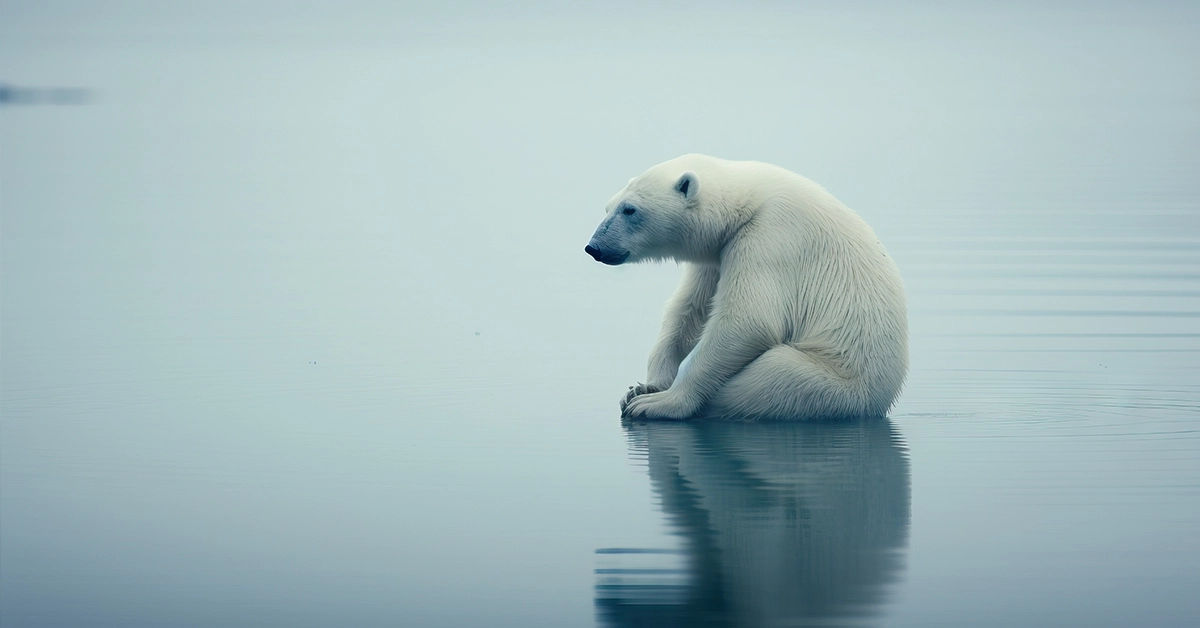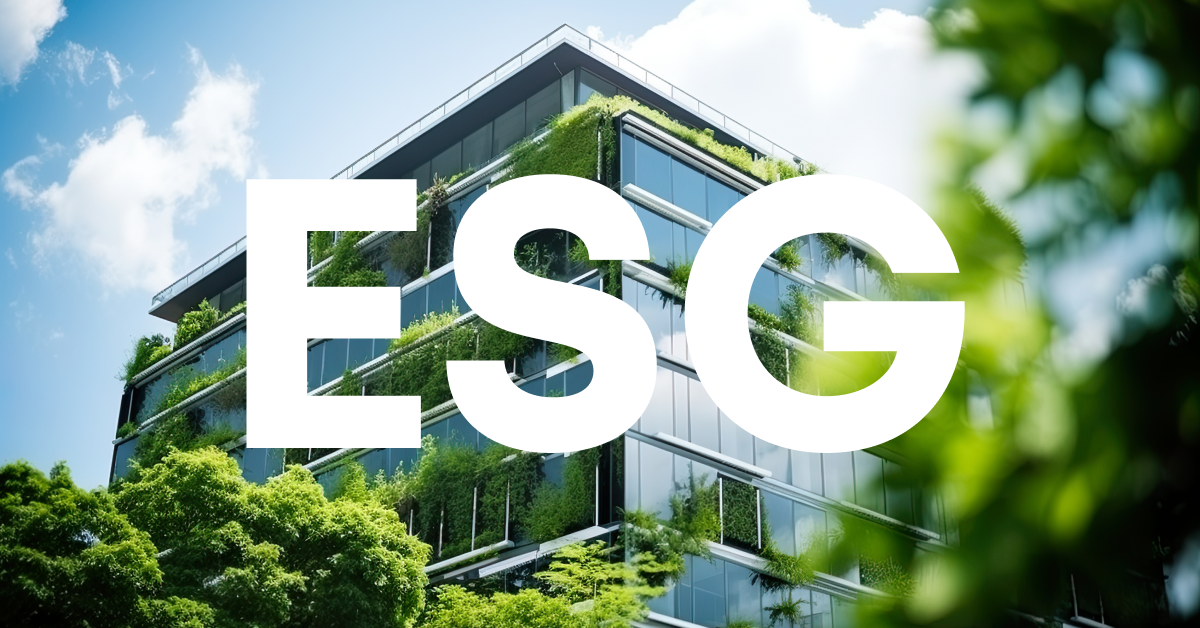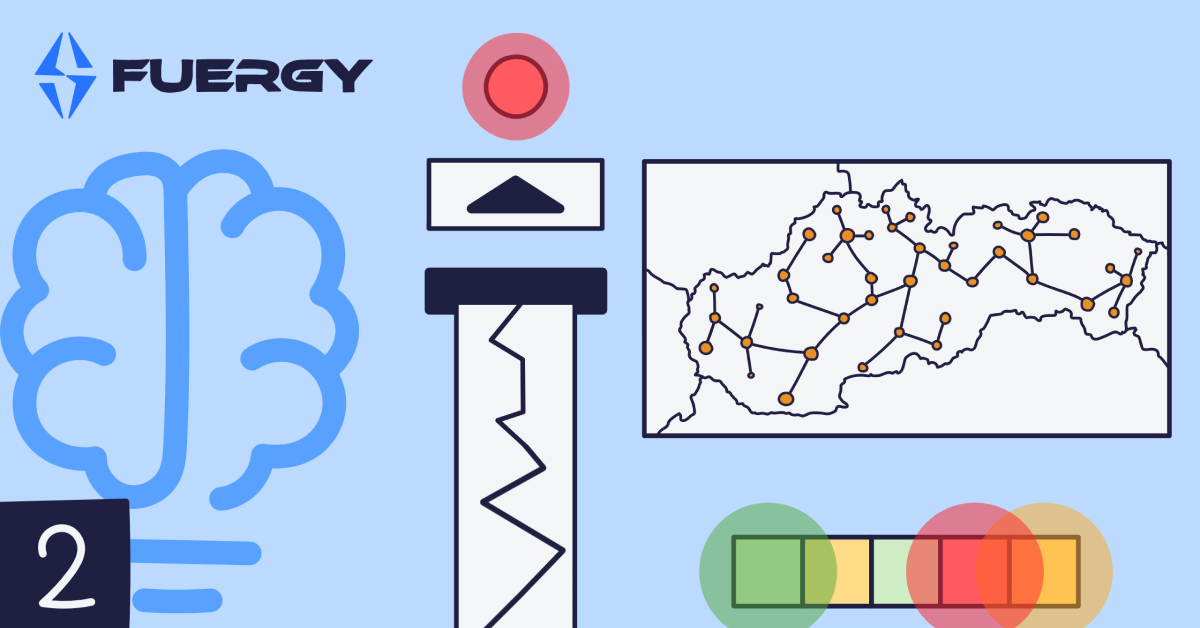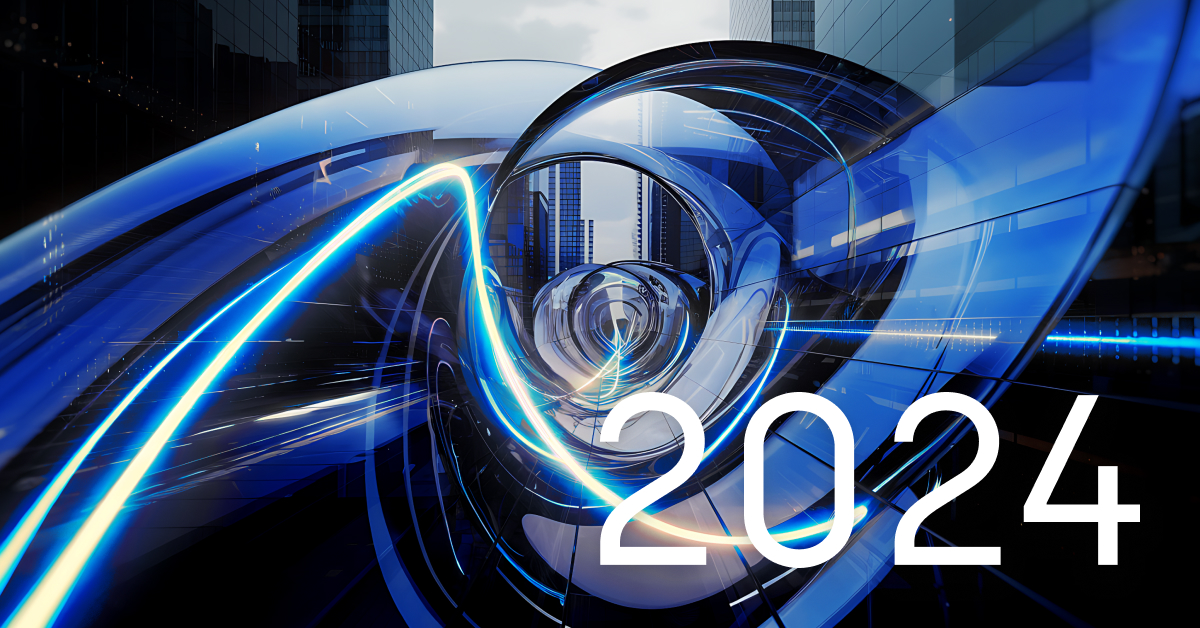
In this three-piece article on climate change, we look at the trends that inspire such headlines and in our second installment, we will look at the other side of the discussion.
Finally, in our concluding piece, we look at the two sides of the debate on saving the world and our take on them.
Let's take a look at some of the more worrying trends that we’ve noticed so far:
-
Population growth and our increasing appetite for energy: The global population is projected to grow throughout the century — to eight billion by 2025, nine billion by 2050, and almost eleven billion by 2100. Alongside this population growth, the largest populations of the world (China, India, South America) are witnessing the rise of a massive middle class that has exponentially greater needs for energy than their pre-industrialized ancestors. We’re constantly finding new ways of using more energy; just consider how many items in your household are not only electronic but also IoT enabled and “smart”.
-
Green energy still relies on fossil fuel backups: Renewable energy capacities are on the rise, but they aren’t replacing coal, oil and gas quite the way you think. Asides from hydroelectric power, renewable energy sources are defined by their inconsistency. The production patterns of solar and wind rarely match up with our energy consumption patterns. Power companies must provide a nonstop load of electric energy, and dips in renewable production are being covered by burning fossil fuels in conventional power plants. Thus, more renewable energy generators usually warrant an equal increase in non-renewable capacities.
-
Irreversible damage to ecosystems across the world: If you think climate change is bad for humans, it will be much, much worse for other lifeforms. Humans are capable of minimizing our exposure to rapidly changing conditions through technology. It is a trait that has allowed us to prosper through glacial periods and extreme conditions. However, animals have to rely on evolution which will be too slow to react to the rapid warming of the planet. Even in the unlikely event in which all governments will drastically limit carbon emissions immediately, a large fraction of terrestrial and marine animals will face conditions that will raise the risk for their extinction. Under the most likely scenarios, many species “will not be able to move fast enough during the 21st century to track suitable climates”, and there is a chance that some ecosystems, including the Arctic tundra and the Amazon rainforest, will undergo “abrupt and irreversible change.”
-
It’s already too late for glacial sheets: For ice sheets — huge refrigerators that slow down the warming of the planet — the point of no return has already been reached. The West Antarctic ice sheet has shrunk over the last decade and the Greenland ice sheet has lost around 200 cubic km (48 cubic miles) a year since the 1990s. Some climate projections see the Arctic Ocean being virtually ice-free towards the end of the 21st century. On land, the differences are even harder to ignore: terrestrial glaciers are vanishing all across the world, with the most extreme changes being seen in Peru, Alaska, and California.
Climate change isn’t some distant threat — it is clearly already changing the world of today. Its impact is seen across the globe and everyone is experiencing it on some level, whether you are a sub-Saharan cattle farmer facing the slow crawl of desertification, or you live on the hurricane-whipped US East Coast. There is a reason it was once known as global warming. However, it’s important to note that we’re already taking significant steps in understanding and perhaps even mitigating these effects. We will be discussing the more optimistic side of things in the second part of our 3-piece article on trends in climate change.
Are you interested in the topic of climate change? Sign up for the newsletter and get more FUERGY news delivered to your inbox, join our Telegram or follow us on social media.
We are living in the future of energy. Are you?





